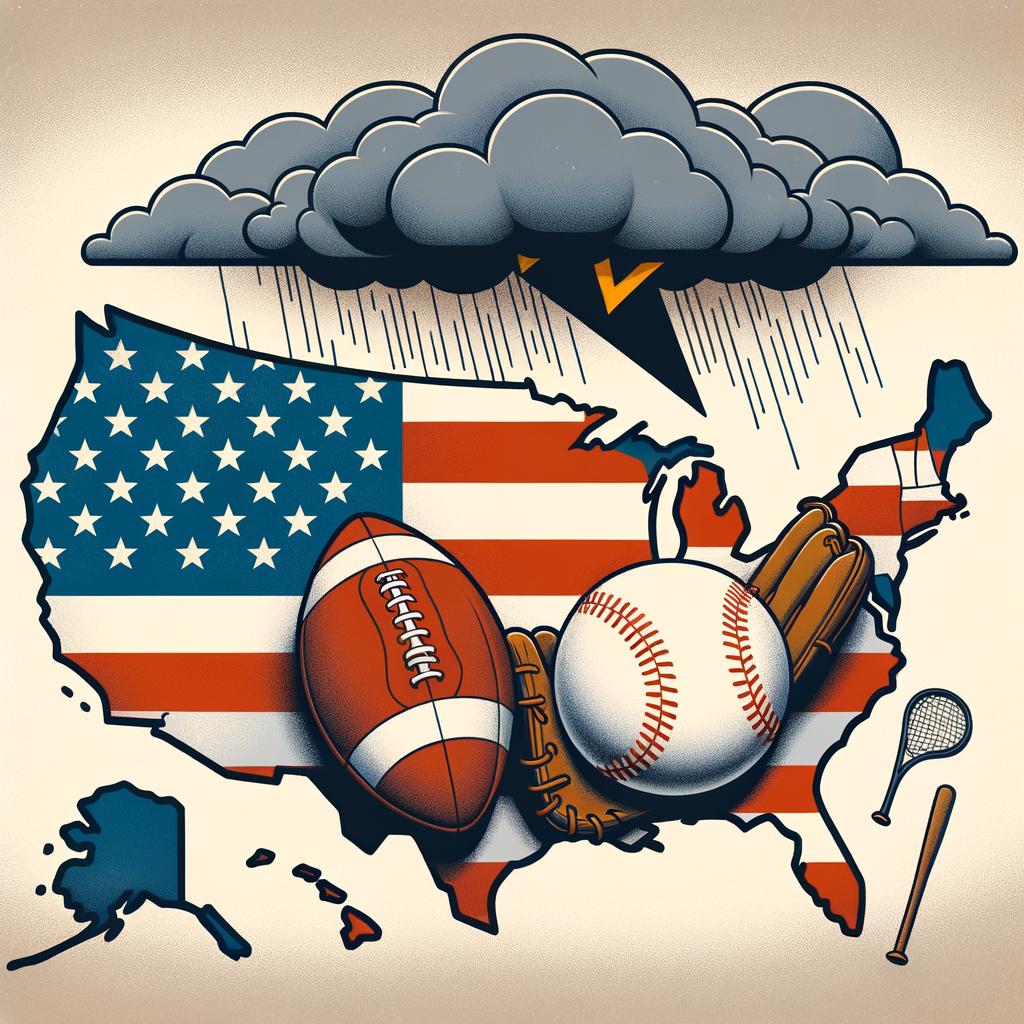Introduction: Major League Baseball’s New Rule: A Game Changer?
As America’s pastime, Major League Baseball (MLB) has long been a cornerstone of the nation’s sports culture, captivating fans with its rich history and strategic gameplay. However, in an era where attention spans are shorter and competition from other sports is intensifying, MLB has introduced a groundbreaking rule change aimed at revitalizing the game and enhancing the fan experience. This innovative adjustment is not merely a cosmetic alteration; it has the potential to fundamentally reshape the way baseball is played, managed, and enjoyed. In this article, we will explore the nuances of this new rule, examining its implications for players, teams, and fans alike. Together, we will consider whether it truly represents a transformative leap forward or if it risks altering the essence of the game we know and love. As we delve into the reactions and anticipated outcomes, join us in analyzing whether this bold move could indeed be a game changer for Major League Baseball.
The recently implemented pace of play rule in Major League Baseball (MLB) has triggered a significant transformation in the game’s tempo, aiming to enhance the spectator experience. By introducing measures such as a pitch clock and restrictions on mound visits, teams are witnessing a reduction in game duration that appeals to both new and longtime fans. This shift not only rejuvenates the game’s rhythm but also fosters increased engagement, ultimately drawing larger audiences to stadiums and elevating television viewership. As franchises seek to capitalize on this momentum, understanding the dynamics of fan engagement in relation to these new regulations becomes paramount.
Teams are now tasked with devising innovative strategies to optimize their performance under these fresh guidelines. Emphasizing speed in offensive and defensive plays, as well as training players to adapt swiftly to the pitch clock, could set franchises apart as the season unfolds. To navigate this new landscape effectively, teams might consider the following strategies:
- Enhanced Analytics: Utilizing data to track player performance and identify areas for improvement regarding game pace.
- Player Education: Conducting workshops to inform players about the implications of the new rules and how to adjust their game accordingly.
- Fan-Centric Promotions: Creating events that coincide with faster-paced games to maintain high levels of fan interaction and attendance.
To Conclude
As Major League Baseball ushers in its new rule, the impact on the game and its fans is poised to be significant. This change not only promises to enhance the pace of play but also aims to inject a fresh sense of excitement into America’s pastime. By prioritizing action and engagement, MLB is demonstrating a commitment to evolving the sport in line with modern audiences’ preferences.
As we look forward to the unfolding season, the question remains: will this new rule be the transformative force many hope it will be, or will it face backlash from traditionalists? Ultimately, the success of this initiative will depend on its reception among players, teams, and fans alike. What is clear, however, is that change is necessary for growth, and MLB’s willingness to innovate reflects a proactive approach to ensure the sport remains relevant in today’s fast-paced world.
whether you are a dedicated die-hard fan, a casual observer, or someone new to baseball, this evolving landscape presents an opportunity for all to engage with the game in a revitalized way. Let’s embrace this new chapter in baseball together, keeping an open mind as we witness its impact on the game we all love. After all, adapting to change might just ensure that the thrill of baseball continues to resonate for generations to come.






